Unlock Your Dog's Inner Genius: The Ultimate Guide to Smart Dog Toys Interactive (Treat Dispenser Tumbler)
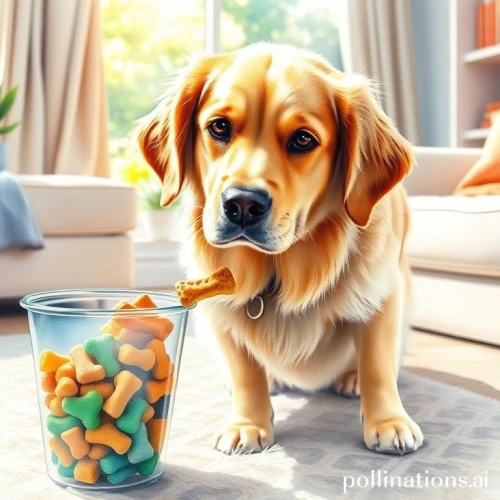
In the bustling lives we lead, our beloved canine companions often spend significant time alone. While a cozy bed and regular walks are essential, a dog's well-being extends beyond physical needs. Mental stimulation is just as crucial for preventing boredom, reducing destructive behaviors, and fostering a happier, healthier pet. This is where Smart Dog Toys Interactive (Treat Dispenser Tumbler) come into play, revolutionizing how our dogs engage with their environment and their food.
These innovative toys are more than just playthings; they are tools designed to tap into a dog's natural instincts for foraging and problem-solving. By requiring your dog to interact with the toy to release rewards, they transform mealtime into a stimulating game, promoting slower eating habits and combating boredom. Join us as we delve deep into the world of interactive dog toys, offering a comprehensive, data-driven analysis to help you choose the best for your furry family member.
The Transformative Power of Puzzle Feeder for Dogs
A puzzle feeder for dogs is specifically engineered to challenge your dog's cognitive abilities, turning mealtime or treat time into a mental workout. Unlike traditional bowls that allow dogs to gulp down food in seconds, puzzle feeders demand engagement. Dogs must figure out how to manipulate the toy – by nudging, pawing, rolling, or flipping – to retrieve kibble or treats.
The benefits are manifold:
- Mental Stimulation: Keeps your dog's brain active, reducing the likelihood of cognitive decline in older dogs and preventing boredom-induced behaviors like excessive barking or chewing.
- Slow Eating: Forces dogs to eat at a slower pace, which is vital for digestive health. Rapid eating can lead to indigestion, gas, vomiting, and in severe cases, life-threatening bloat (gastric dilatation-volvulus or GDV).
- Anxiety Reduction: Provides a constructive outlet for energy and anxiety. The focus required to solve the puzzle can be calming for anxious dogs.
- Behavioral Improvement: Channels natural instincts for hunting and foraging into a positive activity, reducing destructive chewing or digging.
- Weight Management: By extending meal times, dogs feel fuller for longer, which can be beneficial for managing weight.
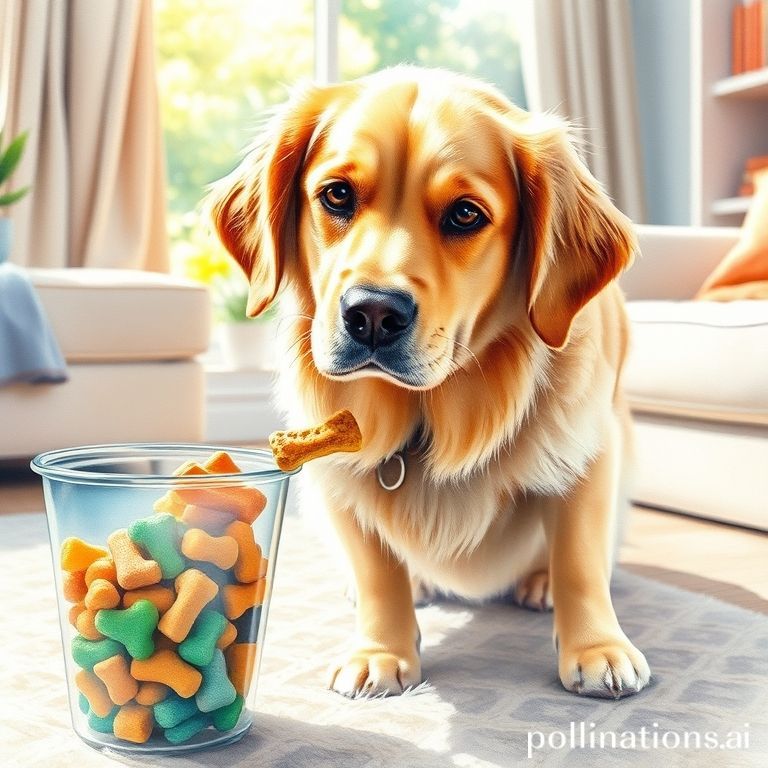
From simple treat-dispensing balls to multi-stage challenges, puzzle feeders come in various designs, each offering a unique level of difficulty. Understanding these variations is key to selecting a toy that will genuinely engage your dog without causing frustration.
Deep Dive into Treat Dispensing Dog Toy Mechanics
At its core, a treat dispensing dog toy is designed to hold treats or kibble and release them as the dog interacts with the toy. The mechanics vary significantly, offering different levels of complexity and types of engagement:
- Tumbler/Wobbler Toys: These toys have a weighted base, causing them to wobble, roll, and stand upright when nudged. Treats fall out through an opening as the toy moves. They are excellent for encouraging active play and provide a satisfying challenge.
- Rollers/Balls: Simple designs where treats are released through holes as the dog rolls the toy across the floor. Often made of durable rubber or plastic, they are great for dogs who enjoy chasing.
- Puzzle Boxes/Boards: These involve sliders, flaps, or removable pieces that the dog must manipulate to uncover hidden treats. They often require more fine motor skills and cognitive effort.
- Snuffle Mats: While not a toy in the traditional sense, these fabric mats with various folds and pockets encourage dogs to 'snuffle' and sniff out treats, mimicking natural foraging.
Materials and Safety Considerations
The material of a treat dispenser is paramount for both durability and your dog's safety. Common materials include:
- Hard Plastic: Durable, easy to clean, and good for moderate chewers. Ensure it's BPA-free and non-toxic.
- Rubber: Often softer, more flexible, and resilient to chewing. Natural rubber is a popular choice for aggressive chewers.
- Silicone: Soft, flexible, and good for younger dogs or those with sensitive mouths.
Always inspect the toy for loose parts, sharp edges, or signs of wear that could pose a choking hazard. Choose a size appropriate for your dog to prevent accidental ingestion.
Elevate Playtime with Adjustable Treat Dispenser for Pets
An adjustable treat dispenser for pets is a game-changer for long-term engagement. Dogs learn quickly, and a toy that offers a static challenge will soon become boring. Adjustability allows you to increase the difficulty as your dog masters the initial levels, keeping them mentally stimulated over time.
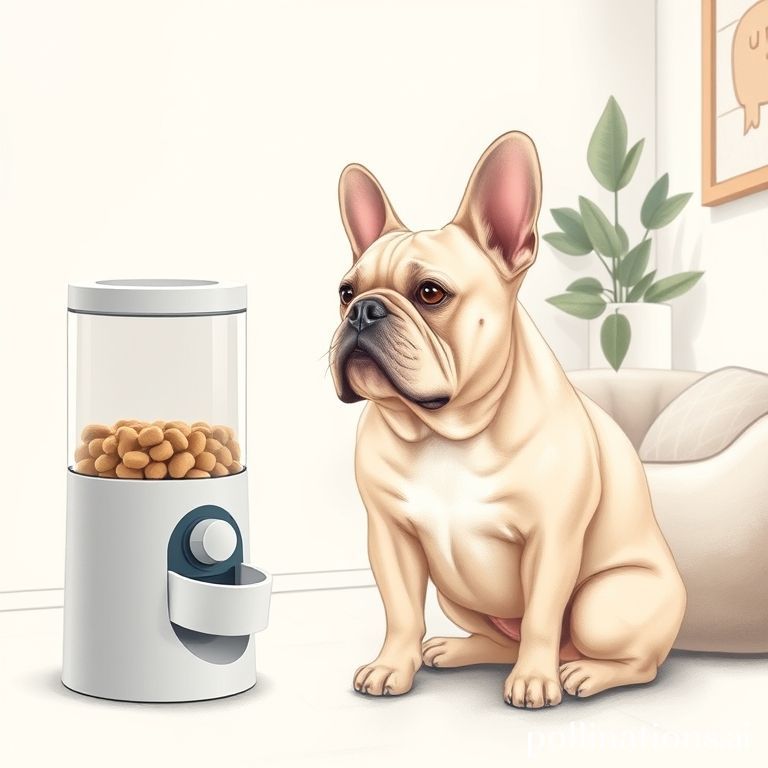
Key aspects of adjustability include:
- Treat Opening Size: Many tumblers and rollers feature adjustable holes. You can start with larger openings for easier treat release and gradually narrow them to increase the challenge. This also allows for use with different sizes of kibble or treats.
- Internal Obstacles: Some advanced puzzle feeders have internal mechanisms that can be configured to create more complex pathways for treats to navigate before being dispensed.
- Multi-Stage Puzzles: These toys require a sequence of actions or solve multiple mini-puzzles before the final reward is released.
The ability to customize the difficulty ensures that the toy remains engaging, preventing frustration for beginners and providing a continuous challenge for seasoned problem-solvers. This adaptability is crucial for maintaining your dog's interest and maximizing the toy's benefits.
Combatting Fast Eating: The Benefits of a Slow Feeder Puzzle Toy
For many dogs, mealtime is a race to the finish line. While endearing, this rapid consumption can lead to serious health issues. This is where a slow feeder puzzle toy becomes an indispensable tool, transforming gulping into a thoughtful, measured meal.
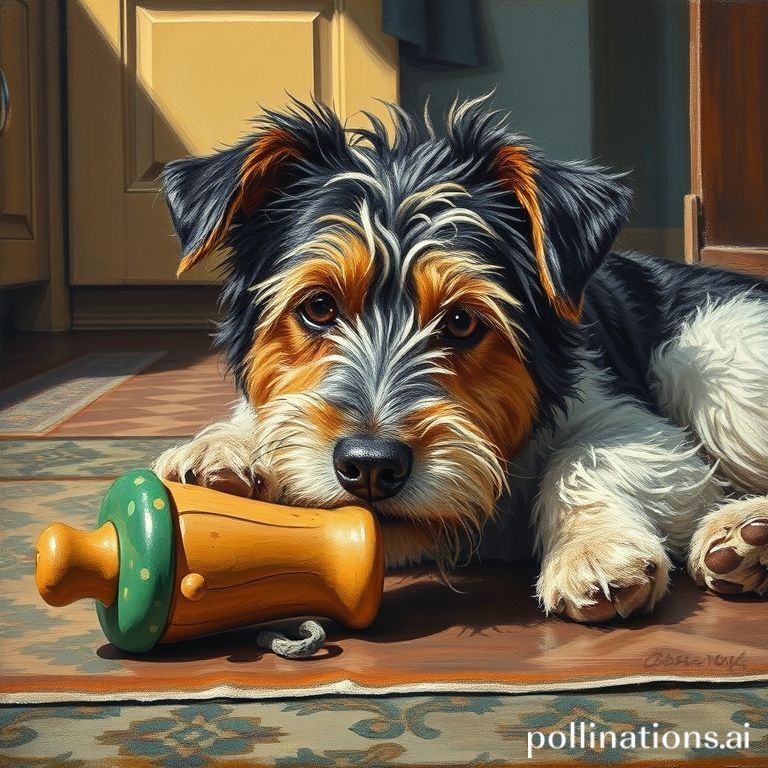
Health Implications of Fast Eating
- Bloat (GDV): This is a life-threatening condition where the stomach fills with gas and twists. Fast eating, especially large meals, is a significant risk factor. Slow feeders significantly reduce this risk by preventing dogs from ingesting too much air with their food.
- Indigestion and Vomiting: Rapid eating can overwhelm the digestive system, leading to discomfort, gas, and regurgitation.
- Choking: Dogs may choke on food if they try to swallow large quantities too quickly.
How Slow Feeders Mitigate These Risks
Slow feeders, through their intricate designs (mazes, ridges, compartments), force dogs to work for each mouthful. This extended eating time:
- Reduces air intake.
- Allows for better digestion and nutrient absorption.
- Promotes a feeling of fullness, aiding in weight management.
- Turns a potentially stressful, competitive mealtime into a calm, engaging activity.
Integrating a slow feeder puzzle toy into your dog's daily routine, especially for meals, is one of the simplest yet most impactful ways to improve their digestive health and overall well-being.
Top Smart Dog Toys Interactive (Treat Dispenser Tumbler) on the Market: A Data-Driven Comparison
Choosing the right interactive treat dispenser can be overwhelming with the myriad of options available. To help you make an informed decision, we've analyzed some popular and highly-regarded brands, focusing on their key features, materials, and overall value. Please note that specific product data points like protein/fat/fiber are relevant for dog food, not toys. For toys, we focus on durability, material, adjustability, and price.
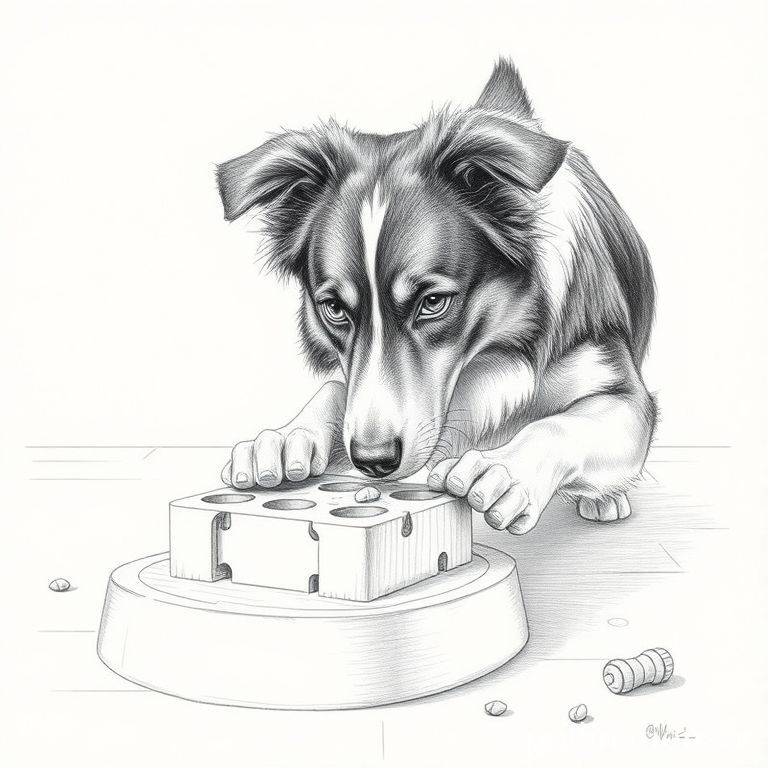
1. TRIXIE Tumbler Interactive Treat Dispensing Toy
- Product Type: Tumbler/Wobbler
- Key Mechanism: Weighted base causes it to wobble and roll, dispensing treats through adjustable openings.
- Primary Material: Durable plastic, often BPA-free.
- Recommended Dog Size/Chew Level: Small to large dogs, moderate chewers. Not ideal for aggressive chewers due to plastic construction.
- Adjustability/Difficulty Levels: Yes, typically features adjustable treat dispensing holes to vary the challenge.
- Approximate Price Range: $15 - $25
- Unique Selling Proposition (USP): Simple yet effective wobble action, highly engaging for dogs who enjoy nudging and rolling.
- Pros:
- Encourages active play and mental stimulation.
- Adjustable difficulty keeps dogs engaged.
- Easy to clean.
- Good for slowing down fast eaters.
- Cons:
- May not withstand aggressive chewing.
- Can be noisy on hard floors.
2. GORILLA GRIP BPA Free Slow Feeder Dog Bowl
- Product Type: Puzzle Bowl / Slow Feeder Bowl
- Key Mechanism: Features intricate mazes and ridges within a bowl design, forcing dogs to eat around obstacles.
- Primary Material: BPA-free food-grade plastic or silicone.
- Recommended Dog Size/Chew Level: All sizes, but primarily for eating meals slowly, not an interactive toy for heavy play.
- Adjustability/Difficulty Levels: Limited adjustability; difficulty is inherent in the maze design. Different maze patterns offer varying levels.
- Approximate Price Range: $9 - $20
- Unique Selling Proposition (USP): Excellent for mealtime slow feeding, often with non-slip base for stability.
- Pros:
- Highly effective at slowing down eating.
- Reduces risks of bloat and indigestion.
- Easy to clean and often dishwasher safe.
- Durable for its intended use (eating).
- Cons:
- Not an interactive play toy; primarily a feeding tool.
- Less mental stimulation than a true treat dispenser.
3. BLIWINPT 2-In-1 Dog Interactive Slow Feeder (e.g., Duck-Shaped)
- Product Type: Multi-functional Interactive Toy & Slow Feeder
- Key Mechanism: Often a combination of a treat dispenser (e.g., rolling action) and a slow feeder bowl, or a toy with multiple compartments. Specific designs like the 'duck-shaped' one mentioned imply a unique form factor.
- Primary Material: Durable, food-grade plastic or rubber.
- Recommended Dog Size/Chew Level: Small to medium dogs, moderate chewers.
- Adjustability/Difficulty Levels: May offer some adjustability in treat release or different puzzle elements.
- Approximate Price Range: $12 - $20
- Unique Selling Proposition (USP): Combines play and slow feeding, often with appealing, cute designs.
- Pros:
- Dual functionality (play and slow feeding).
- Engaging designs can attract dog's interest.
- Promotes IQ training and reduces bloating.
- Cons:
- Durability might vary by specific design and material.
- Some designs might be harder to clean thoroughly.
4. Pet Deluxe Dog Puzzle Toys / Generic Interactive Treat Dispensing Toy
- Product Type: Variety of puzzle toys, often with adjustable treat dispensing.
- Key Mechanism: Can range from simple treat balls to more complex sliders or tumblers, all requiring manipulation for reward.
- Primary Material: Varies widely, from hard plastic to durable rubber. Always check for BPA-free and non-toxic claims.
- Recommended Dog Size/Chew Level: Available for all sizes, but quality and durability can vary significantly. Best for moderate chewers unless specifically stated otherwise.
- Adjustability/Difficulty Levels: Many offer adjustable treat openings or multiple levels of puzzle difficulty.
- Approximate Price Range: $7 - $30 (due to wide variety)
- Unique Selling Proposition (USP): Wide range of designs and price points, offering options for various dog personalities and budgets.
- Pros:
- Affordable options available.
- Good entry-level toys for new users.
- Can provide good mental stimulation.
- Cons:
- Quality and durability can be inconsistent.
- Less brand-specific information and reviews may make selection harder.
- May not be suitable for aggressive chewers.
Choosing the Best Smart Dog Toy for Your Canine Companion
Selecting the perfect interactive toy involves understanding your dog's unique needs and preferences:
- Dog's Breed and Size: A Great Dane needs a much larger, sturdier toy than a Chihuahua. Ensure the toy is too large to be swallowed.
- Chewing Habits: Is your dog a gentle nibbler or an aggressive chewer? Opt for highly durable, often rubber-based toys for power chewers to prevent destruction and ingestion of pieces.
- Age and Energy Level: Puppies and high-energy dogs might benefit from toys that encourage more physical interaction (like tumblers), while older or less active dogs might prefer stationary puzzles.
- Intelligence and Temperament: Start with simpler toys for beginners. If your dog is a quick learner, an adjustable toy or a more complex puzzle will keep them engaged longer.
- Treat Type: Consider what treats you'll be using. Some dispensers work best with dry kibble, while others can accommodate larger, irregularly shaped treats.
- Budget: Interactive toys range widely in price. There are excellent options at every price point, but investing in higher quality often means better durability and safety.
Maximizing Engagement: Tips and Tricks for Using Interactive Toys
Simply buying a smart toy isn't enough; how you introduce and use it determines its effectiveness.
- Introduce Slowly: Start with the easiest setting or a simple toy. Let your dog discover how it works without too much intervention.
- Supervise Play: Especially in the beginning, supervise your dog to ensure they are using the toy safely and not becoming frustrated. This also helps you understand their interaction style.
- Rotate Toys: Keep the novelty alive by rotating through a few different interactive toys. This prevents boredom and keeps your dog's brain working on new challenges.
- Use High-Value Treats: Initially, use treats your dog absolutely loves to increase motivation.
- Clean Regularly: Treat dispensers can become sticky or dirty. Follow manufacturer instructions for cleaning to maintain hygiene and prevent bacterial growth.
- Integrate into Routine: Use interactive toys during specific times, like when you leave for work or during quiet time, to help manage separation anxiety or provide constructive entertainment.
Frequently Asked Questions (FAQ) About Smart Dog Toys
What is the best interactive toy for an aggressive chewer?
For aggressive chewers, look for interactive toys made from extremely durable, thick rubber (like Kong Extreme or similar heavy-duty brands) or nearly indestructible hard plastic designed for power chewers. Always prioritize toys that are specifically marketed for aggressive chewing, as softer materials will quickly be destroyed and could pose a choking hazard. Check reviews for durability feedback from other owners of strong chewers.
How do interactive toys help with dog anxiety?
Interactive toys, especially treat dispensers, can significantly help with dog anxiety by providing a distraction and a positive outlet for energy. When a dog is focused on solving a puzzle to get a treat, it shifts their attention away from anxiety triggers. The mental engagement can be calming, and the reward system creates positive associations. For dogs with separation anxiety, leaving them with an engaging, long-lasting puzzle toy can make your absence less stressful.
Can I put wet food in a treat dispenser?
Most traditional treat dispenser tumblers or balls are designed for dry kibble or small, firm treats. Wet food can be messy and difficult to clean out of intricate mechanisms, and it may not dispense properly. However, some puzzle toys, like certain slow feeder bowls with wider, shallower mazes or specific LickiMats, are designed to be used with wet food, yogurt, or peanut butter. Always check the product description to ensure it's compatible with wet food and easy to clean.
How often should I use smart dog toys?
The frequency depends on your dog's needs and the type of toy. For daily meals, a slow feeder puzzle toy can be used every day. For mental stimulation, aim for at least 15-30 minutes of interactive play with a treat dispenser several times a week, or whenever your dog shows signs of boredom or excess energy. Rotating toys and varying the challenge will keep the experience fresh and engaging.
Are these toys suitable for puppies?
Yes, many smart dog toys are excellent for puppies! They help with early cognitive development, teach problem-solving skills, and can be crucial for redirecting destructive chewing during teething. Choose puppy-specific toys that are softer on their developing teeth and gums, appropriately sized to prevent choking, and have adjustable difficulty to match their learning curve. Supervision is especially important with puppies.
What size treats should I use?
The size of treats depends on the specific design of the treat dispenser. Most tumblers and puzzle balls have adjustable openings, allowing you to use standard kibble or small training treats. For toys with fixed openings, ensure the treats are small enough to pass through easily but large enough not to fall out too quickly. Always check the toy's instructions for recommended treat sizes. Using treats that are too large can jam the toy, while treats that are too small might make it too easy and less engaging.
Conclusion
Smart dog toys, particularly interactive treat dispenser tumblers and slow feeder puzzles, are invaluable tools for enhancing your dog's physical and mental well-being. By providing crucial mental stimulation, promoting healthier eating habits, and offering a constructive outlet for energy, these toys contribute significantly to a balanced and happy life for your canine companion. Investing in the right interactive toy is an investment in your dog's health, happiness, and intelligence, transforming ordinary routines into engaging adventures.

 By
By
No comments yet. Be the first!